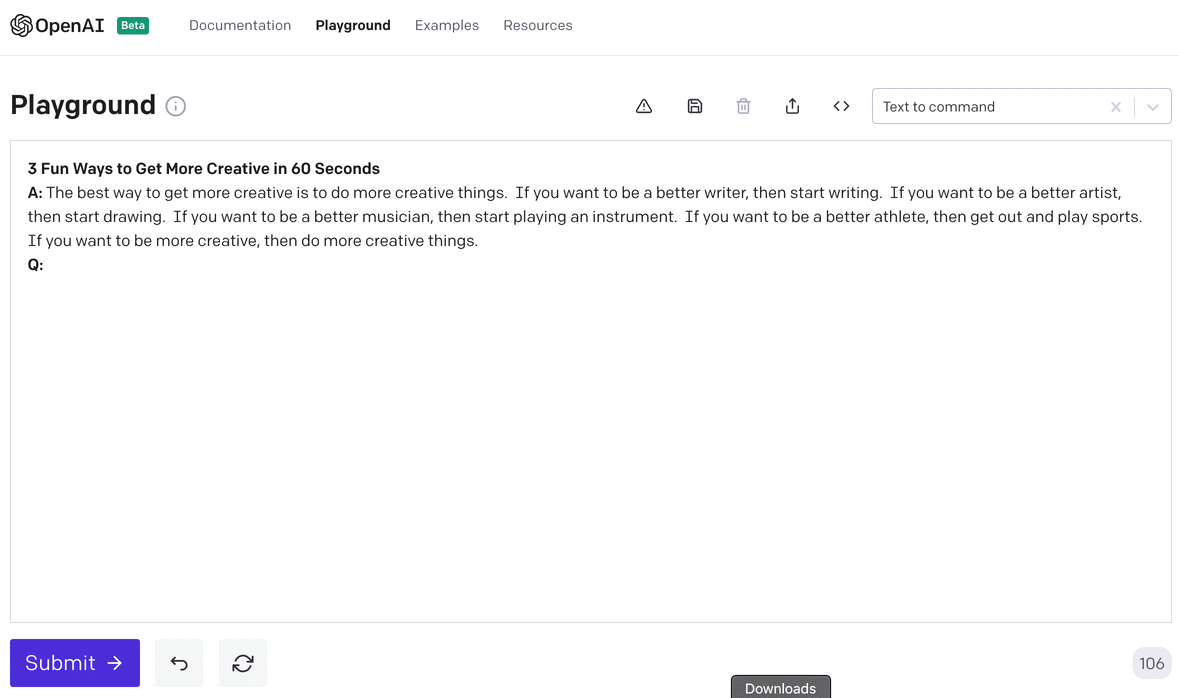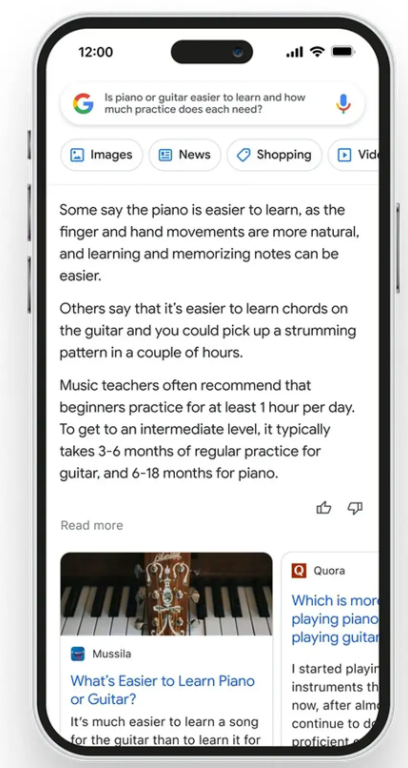From Human Convos to Market Research: Top 7 Generative AI Chatbots

In today's rapidly evolving business landscape, harnessing the potential of artificial intelligence (AI) has become a necessity rather than a luxury. Among the many AI applications, chatbots have emerged as invaluable tools for businesses, offering real-time, instant, and convenient customer service support. Now, they've advanced to even include natural language processing (NLP). Last month, we shared the McKinsey Report on 2023 being the breakout year for Generative AI (GAI). We found that companies embracing GAI not only as a tech innovation but as a business mindset are reaping their handsome rewards. Rather than approaching GAI apprehensively, companies embracing the opportunity for collaboration and data mining found the technology incredibly beneficial and intuitive. We’d like to take the conversation a step further. Let's examine the general GAI market on the most innovative and advanced NLP-based chatbots today, some specializing in human empathy, addressing loneliness, and improving market research and business intelligence.
Early chatbots, such as Eliza (the first-ever chatbot in 1966 by a computer scientist at MIT) struggled to understand the human language. Yet, over the decades, advancements in machine learning (ML) have led to NLP-based chatbots that can basically learn from experience and produce full-on digital content. Let's take a look at the three main types of evolutionary chatbot stages to give you a bit of a background on today's fascinating technology.
Scripted chatbots utilize pre-written scripts to engage in conversations. As the first generation of chatbots, they use simple keyword-recognition capabilities to generate scripted content. They can only process a strict set of requests, thus enabling customer service with FAQs (frequently asked questions), for example. Early examples of such technologies include Elizause, A.L.I.C.E., and SmarterChild.
By now, in the early 2000s, conversational agents have emerged and are equipped to use advanced NLP and ML to understand our complex human language. As said earlier, they can also process voice commands and learn from experience. For instance, call center agents can get notifications of reminders from this type of agent and extract more specific or deeper answers to more complex questions. Popular examples of this type include IBM Watson, Siri, and Alexa.
Eventually, ML advancements have led to ML models being trained on huge amounts of data, resulting in generative AI chatbots. Unlike their previous counterparts, GAI chatbots can now help businesses draft or compose actual content, such as social media posts, blog articles, emails, campaigns, summaries of massive data sets, and so on. Let's next delve deeper into examples of the top 8 generative AI chatbots out there today.
GPT-3 (Generative Pre-trained Transformer 3) is an unsupervised transformer-based language model developed by OpenAI. It is the third iteration of the GPT-2 model and was released in May 2020. GPT-3 is a large-scale language model that uses deep learning to produce human-like text. It has been trained on a dataset of 45TB of data and consists of 175 billion parameters. GPT-3 is capable of producing high-quality text on a variety of topics with a minimal amount of training data. It can generate text in both natural and non-natural languages and can be used for a variety of tasks such as text summarization, question answering, natural language inference, and text generation.

Google BARD (Biologically-Inspired Autonomous Robot Dialogue) is a generative AI chatbot developed by Google that uses NLP to generate conversations with human-like intelligence. The chatbot is designed to understand and respond to questions in a human-like manner. The chatbot is powered by Google’s machine learning algorithms and utilizes a database of conversation topics, providing users with relevant and engaging conversations.

Jasper is a conversational artificial intelligence platform that enables users to create and manage virtual agents, or chatbots, to interact with customers on websites, mobile apps, and messaging platforms. It uses natural language processing (NLP) and deep learning to understand customer conversations and respond with personalized, meaningful, and relevant answers. It can be used for customer service, marketing, sales, and more.
.png)
Mitsuku is a popular chatbot developed by Pandorabots and created by Steve Worswick. It has won multiple awards, including the title of the "Most Human-Like Chatbot" at the Loebner Prize Turing Test competition several times. Mitsuku is a natural language-processing chatbot that can understand and respond to human conversations. Mitsuku is popular for its conversational abilities and is used by many people for entertainment, education, and customer service purposes.
.png)
Xiaoice is an AI-powered chatbot developed by Microsoft. It gained popularity in China for its conversational abilities and can hold realistic and meaningful conversations with users on a wide range of topics. Xiaoice is based on emotional computing framework and can understand and respond to human conversation, and has the ability to learn from user interactions. Accordingly, it seems to 'comfort' millions of people in East Asia who feel lonely and in need of therapeutic sessions, even serving at times "the perfect boyfriend material."
.png)
Replika is an AI friend chatbot that aims to provide emotional support and companionship. It uses natural language processing and machine learning algorithms to create conversational experiences and get to know its users better over time. Replika Generative AI Chatbot can be used for customer service, marketing, education, and even therapy. It can help users find answers to their questions, provide advice, and provide support. Talk about a shoulder to cry on!
.png)
Wonder is developed by Wonderflow and is the first-ever generative AI chatbot for rapid and effective business decision-making, all the while utilizing customer feedback. Wonder uses Generative AI based on an LLM (Large Language Model) data lake. While GAI uses data to generate and create content, such as texts or images, LLM is a type of AI algorithm trained on massive data sets. It is one of the best solutions specifically tailored to address the business challenge of customer feedback management and analysis.
There you have it! In the ever-evolving landscape of AI chatbots, businesses face a crucial choice between generic Generative AI, which helps you to improve daily task performance, to those specializing in emotional conversations or humanizing connections, to those for optimizing the customer experience like Wonder. To experience the difference firsthand, we invite you to explore Wonderflow's YouTube channel, where you can witness Wonder in action through informative videos and keynotes. Additionally, our team is excited to offer you a free demo of Wonder, showcasing its capabilities and the value it can bring to your business. Sign up for a one-on-one session here.